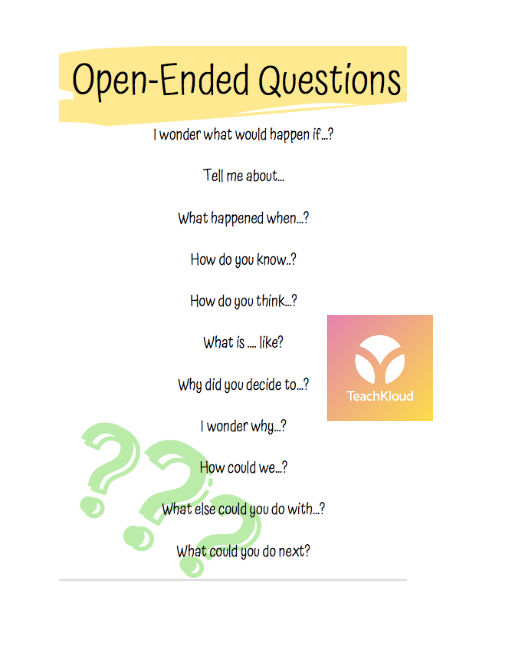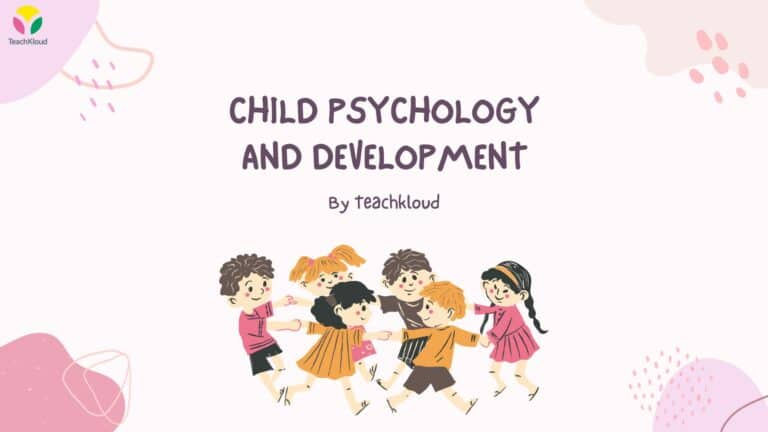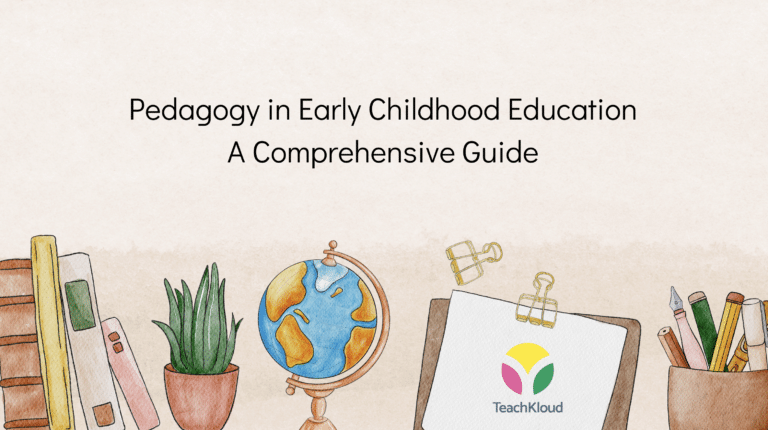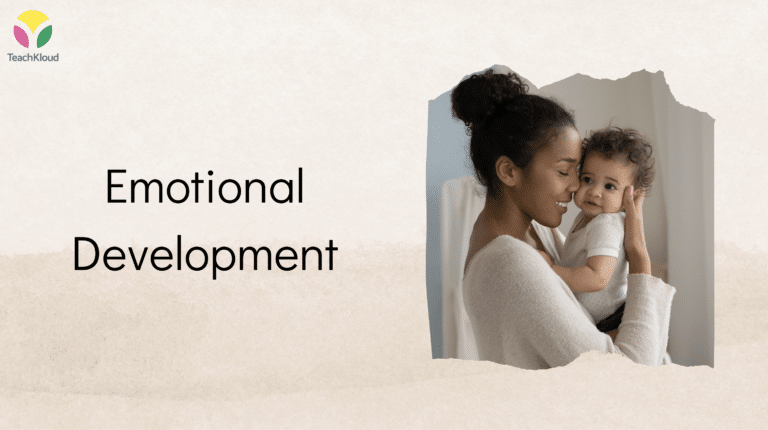What is In the Moment Planning + Video!
There’s a real buzz in the Early Years world right now about “In the Moment planning” or “ITMP.” The term is largely credited to Anna Ephgrave. We know that babies, toddlers and young children are fundamentally concerned with the ‘here and now’ and the idea of ITMP is to capture the interest of a child in the present moment. Scroll down for the full blog post or watch our 90 second video on In the Moment Planning below.

How does it work?
In the Moment Planning requires an enabling environment which stimulates the interests of different children. Providing lots of opportunities to explore and spark curiosity is key! ITMP is all about following children’s “Sparks of interest.”
Practitioners observe and listen to children in order to identify what has sparked their interest. When the practitioner notices that a child is intensely concentrating, asking questions or showing signs of curiosity this learning opportunity can be described as a “Teachable moment.”
“Teachable” does not necessarily mean direct instruction, rather it recognises that children learn through informal, playful and meaningful interactions. When we see such interactions, we strive to take advantage of these moments in the moment! This can be achieved by extending children’s interests, asking open-ended questions and identifying further ways to enhance the learning opportunity!
You may be wondering what constitutes as meaningful learning?
A basic example may stem from a child mastering a new skill such as riding a bicycle! Perhaps, you have a shy child in your setting who answers a question in small group time for the first time.

You may also be wondering how we can extend children’s learning?
While you explore children’s interests, observe what excites them, makes them wonder or gasp in awe you may notice further opportunities that may benefit from extension or further exploration. For example, the children in your setting see a Frog up close while in a nature walk and are fascinated by it. There is a buzz around the classroom when you return. All they can talk about is the frog, its colour, the sound it made and how far it leaped in the air! An interest in a frog can be expanded into where frogs live (habitats), the different types of frogs. The lifecycle of a frog and creating a frogs life cycle through the medium of art. Extend learning by reading “From Tadpole to Frog” by Wendy Pfeffer and then creating a provocation table about frogs.
Frogs, Frogs, Frogs, Frogs, Frogs… you get the jist!

in the moment planning, lifecycle of a frog
Documentation
It is important to note that we can’t possibly document or analyse everything that a child says or does! The key questions here should be “Is this important or meaningful learning for this child?” This is an important question because each child is unique and what is important to for one child may be meaningless to another. Documentation takes place later on and should, include the spark or the teachable moment and what you did next (the ‘next steps’). This helps to map out children’s learning, developmental domains and interests.
Free Course on planning and observations: check out our course for busy early childhood professionals which gives practical and inspiring strategies on planning for effective observations and learning experiences.

When using ITMP preparing daily or weekly plans in advance is not necessary, as practitioners instead follow children’s interests in the moment. Instead planning is focussed on preparing an environment that will provoke curiosity, interest and extend learning. Anna Ephgrave summed up the approach very simply, by saying:
“Let the children choose what to do, join them and support them in their pursuits. Then write up what has happened.”
Remember: ITMP does not mean no paperwork, it means quicker, more effective paperwork that provides value to parents and practitioners. Recording as soon as possible while the interaction is still fresh is a good strategy; using TeachKloud’s voice recognition, for example, is a quick and easy way to do this, and less intrusive. It’s simple to speak a few sentences into the tablet or note down short sentences and then get back to being in the moment with the children.
Why is it growing in popularity?
In the moment planning means less time spent planning and more time spent being or doing! This approach allows practitioners to spend time with children instead of with paper. Practitioners are more relaxed and more enthusiastic when encouraged to simply spend time with the children. As practitioners and children spend more time together, stronger relationships are forged. ITMP emphasises child-initiated play, enabling children to wide the wave of their curiosity when sparked by their environment.
Being in the ‘here and now’ with children means that the practitioner observes, builds on skills and interests as they emerge, investigates and experiments to work with children to find answers to their questions together. Start by asking open-ended questions during learning opportunities!

However, taking advantage of teachable moments takes practice. TeachKloud is a fantastic resource for reflection as it gives space for practitioners to reflect on each learning story! it’s easy to documenting emerging interests and curriculum goals.
What makes ‘In the Moment Planning’ most effective?
Child-initiated play and child-led learning is widely regarded as the most effective type of learning in the Early Years. When coupled with skilled and knowledgeable practitioners who create a variety of learning opportunities, it can be a powerful tool.
Practitioners need to be strong observers who can see exactly what it is that a child is doing beyond the obvious “playing with cars.” An interest in cars can be extended into the first wheel, different modes of transportation used around the world and even global warming! Instead of just “playing with cars” the practitioner may note that the child is interested in movement, direction and propulsion.
Free Course on planning and observations: check out our engaging but quick course on how to plan for effective observations and learning experiences.




